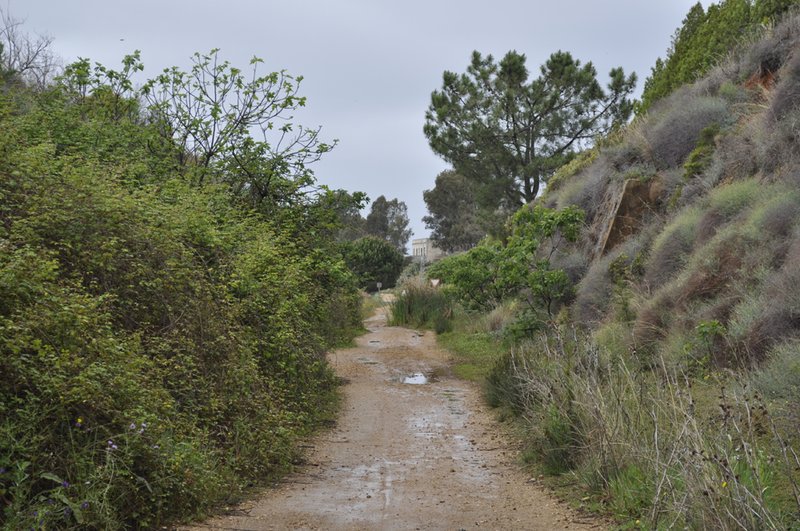Marismas de Isla Cristina

The formation of these marshes required a long, complex process, accelerated by man. Sediment deposits from the Guadiana River, along with the action of the tides, brought about a large complex of tidal marshes with reeds, channels, swamps, canals and muddy plains.
Woodland areas, mainly comprising replanted stone pines and Phoenician juniper.
The spectacle of ornithological diversity to be found in this area is the result of a combination of innumerable sounds, shapes and colours, and by the presence of a wide variety of bird species that feed, reproduce and nest on the Isla Cristina and Ayamonte Marshes. Here we find the elegant avocet with its upturned, curved bill. This is also home to the unmistakable spoonbill - its beak is spoon-shaped and turns yellow during the mating season. These birds feed on molluscs, crustaceans and fish.
In the dunes, between woodland areas you can see the mimetic chameleon which has a haven here, away from human influence.
You can explore trails through the area on foot, on horseback or by bike. They leave from the nearby town of Ayamonte. One of them crosses the greenway and leads to an old tidal mill that was used to grind cereal crops and to make fish meal to fertilise the adjacent fields. From here, the trail enters the marshland and you will come across interesting species. If you take a boat trip on the Carreras Estuary you can get to all parts of this Natural Area and enjoy the splendour and sheer size of the setting.





















